As the New Year, Valentine’s Day and other celebratory occasions approach, Champagne remains a timeless classic—but it’s no longer the only option for sparkling wine lovers. From unexpected regions to unique flavor profiles, a world of bubbles is waiting to be discovered.
These seven Champagne Alternatives–a regionally-diverse array of stunning sparkling wines from across the globe that rival Champagne in quality, taste and affordability.
Corpinnat and Cava
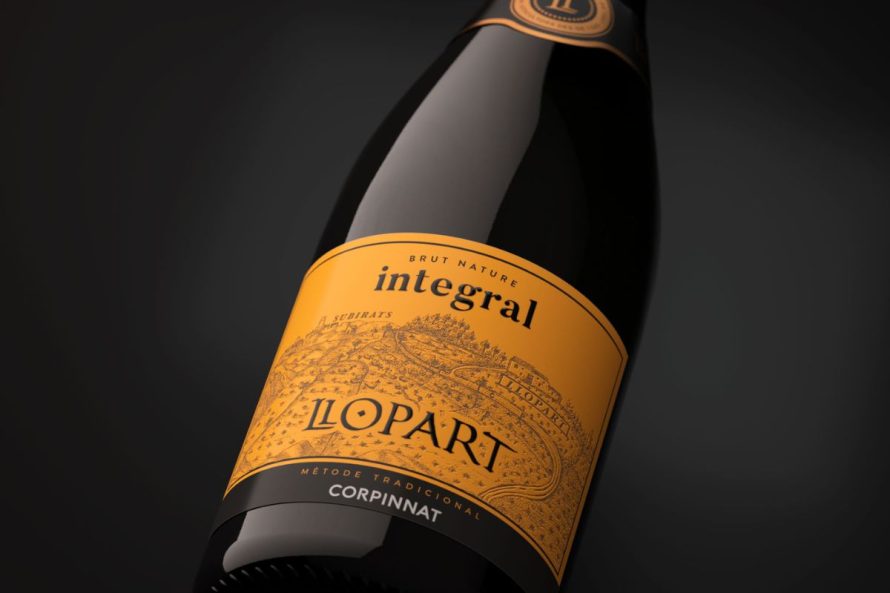
It’s rare to see Cava and its innovative offshoot, Corpinnat, mentioned together, but these two Spanish sparkling wines share a commitment to quality. Corpinnat represents a collective of small, independent organic wineries that have opted out of the official Spanish quality hierarchy to craft sparkling wines that reflect their unique philosophies and practices. What sets Corpinnat apart from Cava is its stringent requirement that grapes must come from owned organic vineyards and be vinified on the winery’s premises.
The German and Austrian Powerhouses

Cool climates are renowned for producing wines with vibrant acidity—the backbone of sparkling wine. This principle underpins the German and Austrian passion for their sparkling creation, known as Sekt. In these countries, Riesling often takes center stage, although you may also encounter Pinot Noir, Chardonnay, and other varietals that can rival high-end Champagnes.
Crémant de Bourgogne
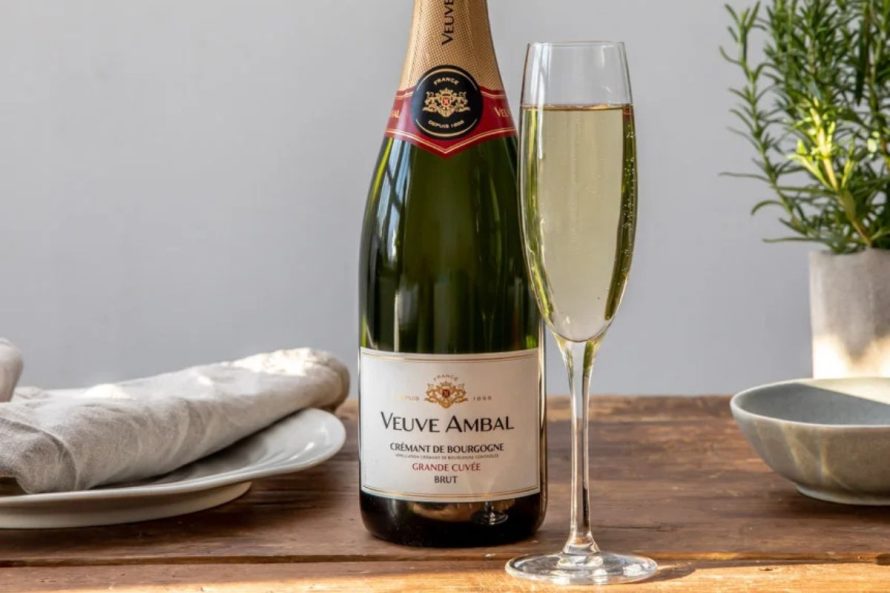
If you prefer to stay in France, consider heading south to Bourgogne. The region primarily produces sparkling wines from Chardonnay and Pinot Noir, with Aligoté providing a refreshing exception. Crémant de Bourgogne offers a lighter, fruit-driven experience, illustrating a frothy texture that dances on the palate—an excellent alternative to its more famous cousin.
Cartizze: Prosecco’s Crown Jewel
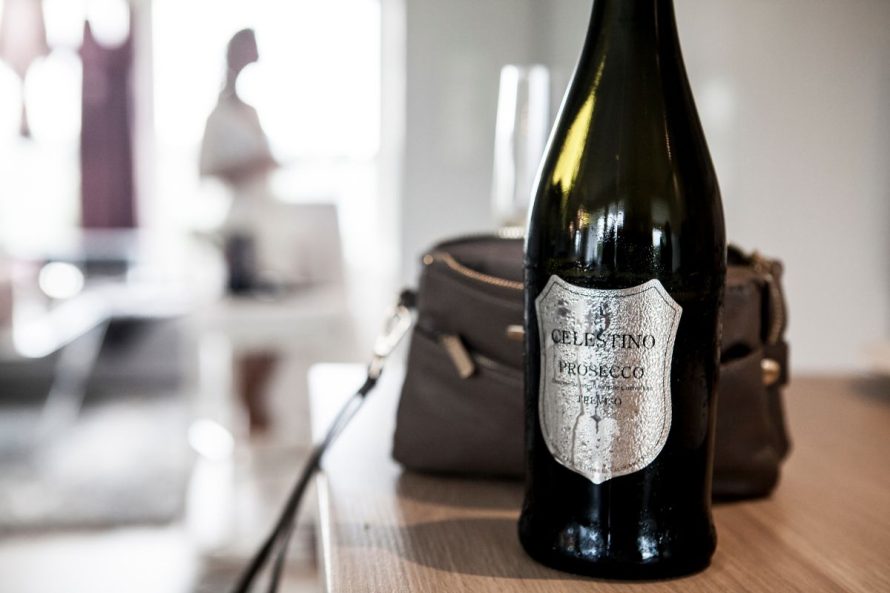
In the northern Italian region of Veneto, the hill of Cartizze stands as Prosecco’s most revered site. This challenging terroir, combined with the elevation and a predominance of old vines, produces Prosecco of remarkable intensity and character. Most wines from Cartizze are crafted in a ‘dry’ style, leaving a touch of residual sugar. This subtle sweetness enhances the vibrant fruitiness, while the crisp acidity keeps the wine beautifully balanced. The result is a Prosecco of elegance and finesse, ideal for those looking to celebrate with something truly special.
Moscato d’Asti: The Sweet Charm of Piedmont
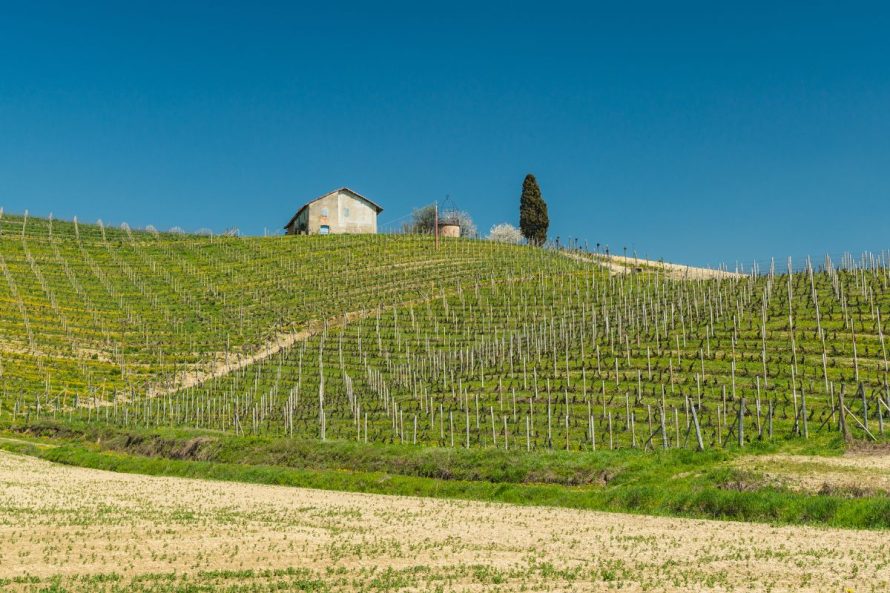
In the heart of Piedmont, a region famed for Nebbiolo’s brooding intensity and wines like Barolo and Barbaresco, Moscato d’Asti offers a gentler, more unassuming charm. Made from the highly aromatic Muscat grape, this sparkling sweet wine is often overlooked in favor of its more prestigious neighbors but has a unique role in the region’s vinous identity. The defining features of Moscato d’Asti are its fragrant sweetness, low alcohol, and gentle spritz. This combination allows producers to fully explore the grape’s potential, highlighting its characteristic notes of orange blossom, ripe apricot, and honeyed peach.
Cap Classique: South Africa’s Sparkling Star
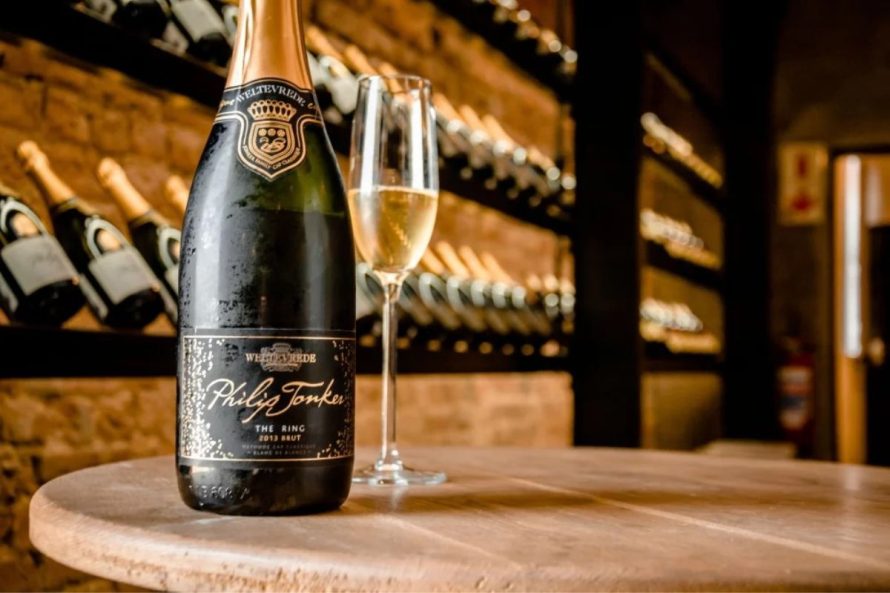
For those who find Italian fruitiness is too exuberant, South Africa’s Cap Classique offers an elegant alternative. Introduced as a defined style in 1971, this sparkling wine is crafted in the traditional method, involving a secondary fermentation in the bottle. While the classification is relatively modern, the South African tradition of producing sparkling wines dates back over 360 years, firmly rooted in the country’s winemaking history. Cap Classique spends a minimum of 15 months on the lees, allowing delicate notes of brioche and hazelnut to develop.
Tasmania: A Sparkling Island of Innovation
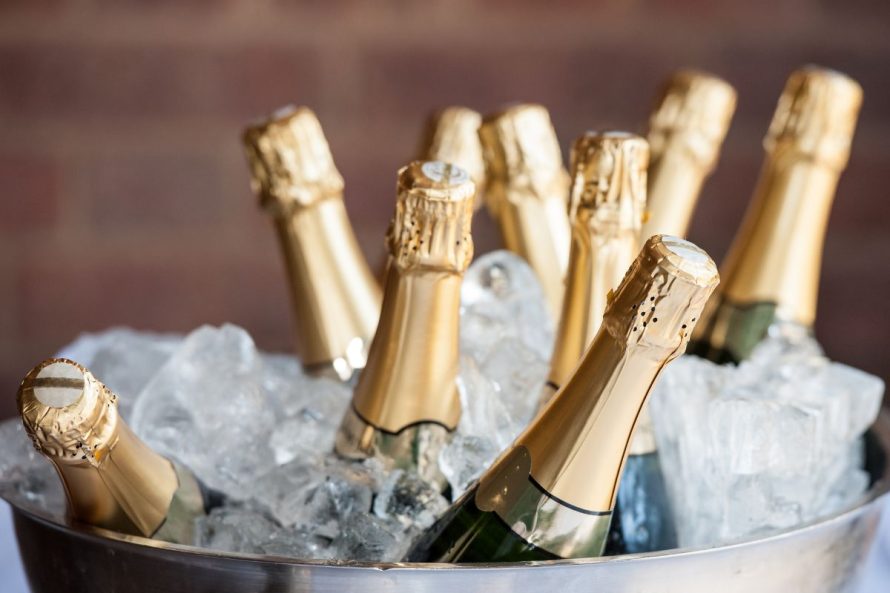
Tasmania, Australia’s southernmost state, lies around 150 miles (240 kilometers) south of the mainland, separated by the often-turbulent Bass Strait. Known for its pristine wilderness and cool climate, it is the nation’s most southerly and coolest wine region, home to a scattering of nearly 1,000 offshore islands. This remoteness has shaped its identity as a haven for eco-tourism and, increasingly, as a center for world-class sparkling wine. The island’s wine industry is small but tightly focused, with producers working collaboratively and sustainably. Despite its small scale, Tasmanian sparkling wine is increasingly found on the shelves of fine wine retailers and the wine lists of high-end restaurants across the globe. Its ability to combine precision, elegance, and sustainability ensures Tasmania’s place among the leading sparkling wine regions of the world.
Emerging Regions
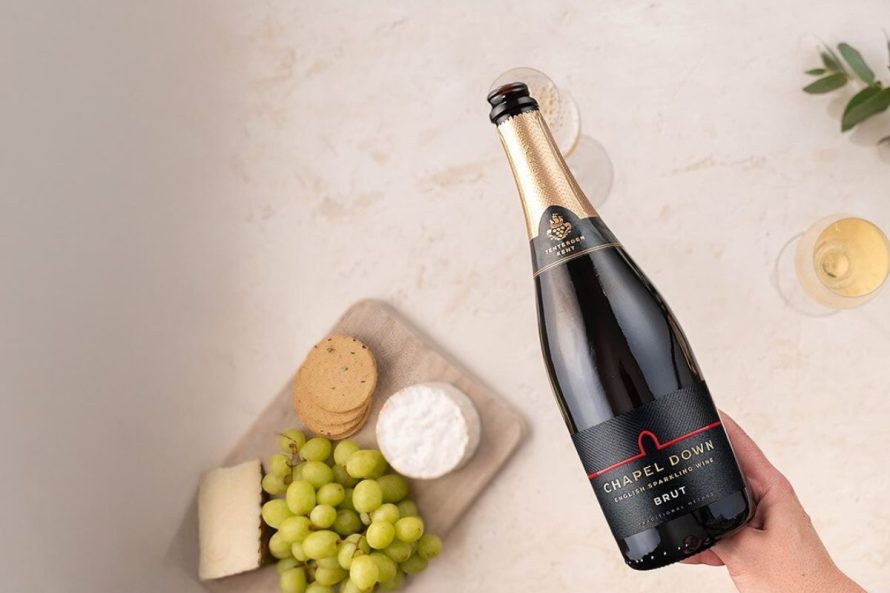
Beyond the traditional producers, numerous up-and-coming regions are crafting outstanding sparkling wines. The United Kingdom, Argentina, and cooler areas of California are all making their mark in the sparkling wine scene, offering fresh and innovative options for consumers looking to diversify their celebratory toast.
Champagne will long-remain a classic, of course, but it no longer holds an exclusive claim as the “must-have” sparkling wine for holidays and other special occasions. While this iconic bubbly is a favorite celebratory beverage for many, the world of wine offers a range of exciting alternatives that deserve due attention.
Peter Douglas, DipWSET, is a wine expert with the “VinoVoss”—an AI Sommelier smartphone app and web-based semantic wine search and recommendation system developed by BetterAI. www.VinoVoss.com .
